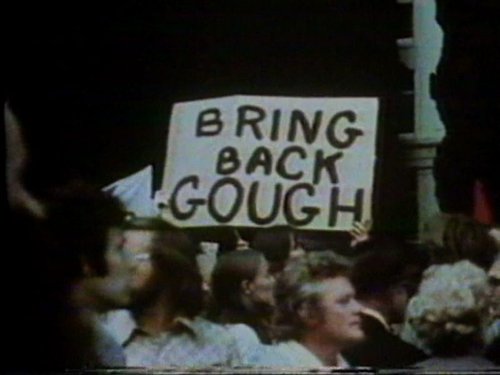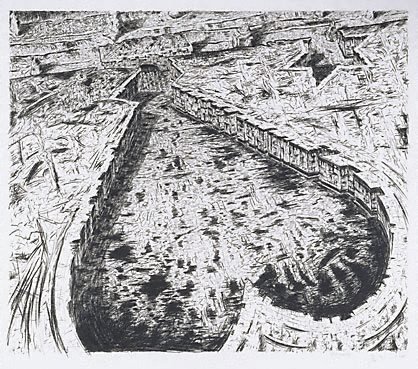Peter Kennedy
Australia
Born: Brisbane, Queensland, Australia 1945
Biography
Peter Kennedy is an Australian conceptual artist and a pioneer of installation, light, performance and sound work in this country.
Born in Brisbane in 1945, Kennedy briefly undertook traditional art training in that city and at the National Art School (East Sydney Technical College) in the 1960s. He became interested in international light artists such as Bruce Nauman and Dan Flavin and, to gain experience with the innovative medium, took a position as a neon sign designer at Claude Neon in Sydney in 1967.
Kennedy began to experiment with the properties and effects of neon and fluorescent light and the ways in which light could be used to make art. He mounted three exhibitions of light works in the first two years of the 1970s, including Neon light installations in February 1970, which is considered the first exhibition of Australian neon sculpture.
Floor piece 2 is an exact recreation by Kennedy of the major environmental light work from his second exhibition, Luminal improvisations, of late 1970 (the original work was destroyed). A spectacular floor installation in glowing bands of fluorescent colour and metal mesh, it embodies not only key concerns of Kennedy’s early light works, but is a central work in the context of the larger transitions in three-dimensional practice in Australia during the 1960s and 70s. Favourably reviewed, Kennedy’s light works significantly expanded a territory previously occupied in Australia by the luminal-kinetic sculptures of modernists such as Frank Hinder and Stanislaus Ostoja-Kotkowski.
Along with Mike Parr, Kennedy was a founding member of Inhibodress, an artists space in Sydney’s Woolloomooloo, which was a key venue for experimental art in the early 1970s.
Parr and Kennedy’s collaborative performances from this period were investigations into the meaning of certain actions in social and psychological terms. Documented on film under the collective title Idea demonstrations, often these early works explicitly addressed the role of the camera in mediating between the performer and audience.
By the late 1970s Kennedy’s focus had moved to film, photography, performance and also drawing – an example of which is “so every contour of your skin becomes a map we could use to find way out on seas…” 1987 in the Art Gallery of New South Wales collection.
Whatever the medium, Kennedy’s work often engages with the political and social events of the time. His collaborative work November eleven, for example, addresses the dismissal of prime minister Gough Whitlam’s government by the governor general, Sir John Kerr, in 1975.
After abandoning neon in the 1970s due to the expense associated with it and lack of commercial or institutional sales of his works at that time, Kennedy returned to the material 20 years later. He made new neon works, photography and installation on the subject of death and mortality for the 1998 exhibition Requiem for ghosts at the Australian Centre for Contemporary Art in Melbourne, which included the work Seven people who died the day I was born – April 18, 1945 (part 1).
Regarding the development of his art over time, Kennedy said in 2014 in an interview for the Art Gallery of NSW archive: ‘I think, at this point, I’m the creator of stories. Looking back over the work there is a sense that it covers the full spectrum of expressive possibilities. There’s the personal … There’s the local … There’s the global … And then the universal …’







